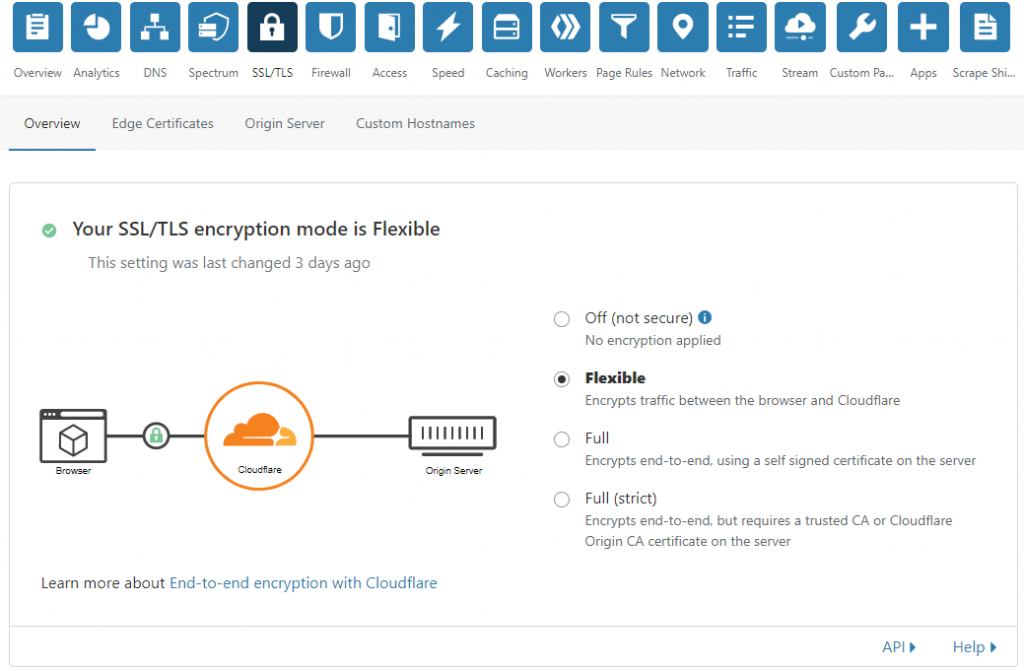This blog post goes to my ‘Dirty Hack’ series, where I try to open the gross hacking attempts I practically use in several of my projects.
Odoo is my favorite piece of framework. Even though it has evolved as OpenERP, but the extend ability that Odoo gives, probably can take it anywhere, any other framework unable to, without massive change to their base architecture. This goes to the pros of Odoo, while the biggest cons of Odoo, is that it is not owned/developed by a major ‘English’ speaking company/people. If you go through the Odoo documentation, you can clearly understand the difference I am talking about. One key reason, Odoo is not often seen everywhere, probably because of poor documentation. Most of the things are not explained in details, as Odoo is a large piece of software, makes it difficult for developers to dig it down and extend.
Odoo has it’s own scheduling system, which they call ‘Scheduled Actions’. Odoo manages a model ‘ir.cron’ to manage the Scheduled Actions. If you look at the model details from (on debug mode)
Odoo >> Settings >> Technical >> Database Structure >> Model
you will see, there is no field it uses to detect if the scheduled action is running or stopped. It has a ‘state’ property though, which does not mean the status like many other odoo models. Here is a output of state property from Odoo shell:
>>> cron_id = self.env['ir.cron'].browse(18)
>>> cron_id.state
'code'
That says, it is telling you what kind of operation it is going to execute, here it is saying, this scheduled action is executing a ‘Python Code’ here.
There are times, when you might require to determine whether the scheduled action is running or not. In my case, it was to track down the some syncing issues, like to find out whether the syncing is doing it’s job properly through some custom methods. As Odoo doesn’t provide a way to do this, I had to find a dirty way to do it. Here is how I did it.
Odoo runs in Postgres SQL, which is basically an open source version of Oracle like Object Oriented Database system. Like many other OODS, Postgres also provide an operation called the following:
FOR UPDATE NOWAIT
From the oracle documentation, it means:
Oracle provides the FOR UPDATE NOWAIT clause in SQL syntax to allow the developer to lock a set of Oracle rows for the duration of a transaction.
When the scheduled action runs, it locks the specific row of the ir_cron table, of course it would because it has to update that specific row with nextcall and other field data. So if a cron is running, and you try to put a lock with another process, will basically fail, which means the cron is running, otherwise the opposite is true. Viola, that should work for us, isn’t it? Simple! Then again, you have to remember, the lock will put in place for the amount of time you specify, or you have to throw an early rollback (why not a commit? to be in safety to avoid any unwanted data being committed to the database during that session). Here is the simple method to do the whole process:
def _check_if_cron_running(self):
cron_id = self.env['ir.cron'].browse(18)
""" assuming the cron id is 18, you can do any kind of search, like searching by name of the scheduled action etc """
if cron_id:
try:
self._cr.execute("""SELECT id FROM "%s" WHERE id IN %%s FOR UPDATE NOWAIT""" % cron_id._table, [tuple(cron_id.ids)], log_exceptions=False)
""" self._cr.execute is used to execute a direct sql command, each ir.cron model data will have 'ids' to tell you which ids are selected, and _table to tell you what is the table name for the model, here it should return ir_cron """
self._cr.rollback() # we need to rollback and give the database cursor back to the other process ASAP
_logger.info("log and operate whatever here, this section is reached when the scheduled action is stopped or not running")
except psycopg2.OperationalError:
self._cr.rollback() # we need to rollback the errors and give control to the other process
_logger.info("log and operate whatever here, this section is reached when the scheduled action is running")
Remember, this is dirty, you are hitting direct SQL, on a near around 500 model based framework. So, please take care of your things before placing this in production. Rest assured, keep using Odoo for future! A brilliant piece of art is Odoo!
